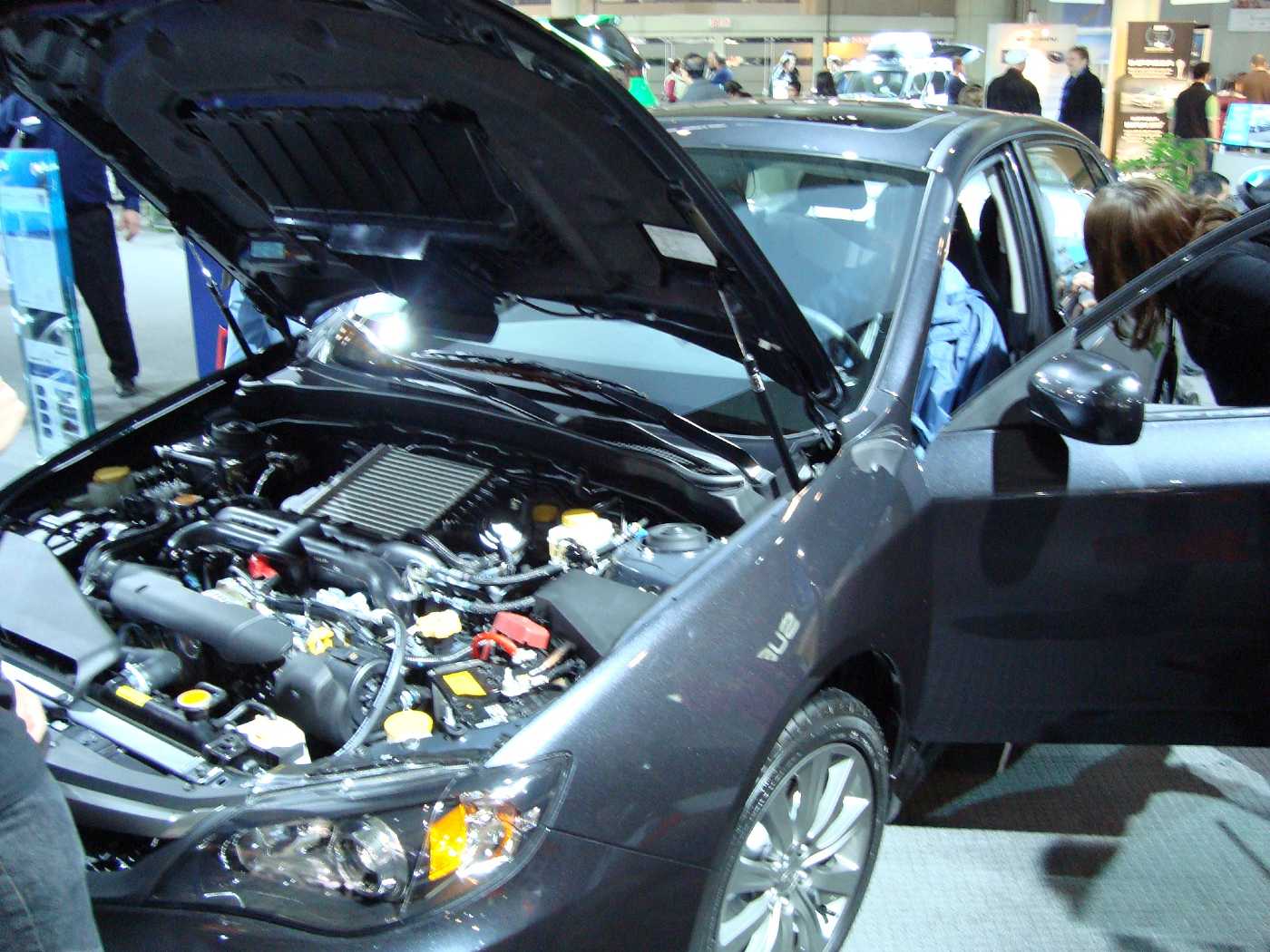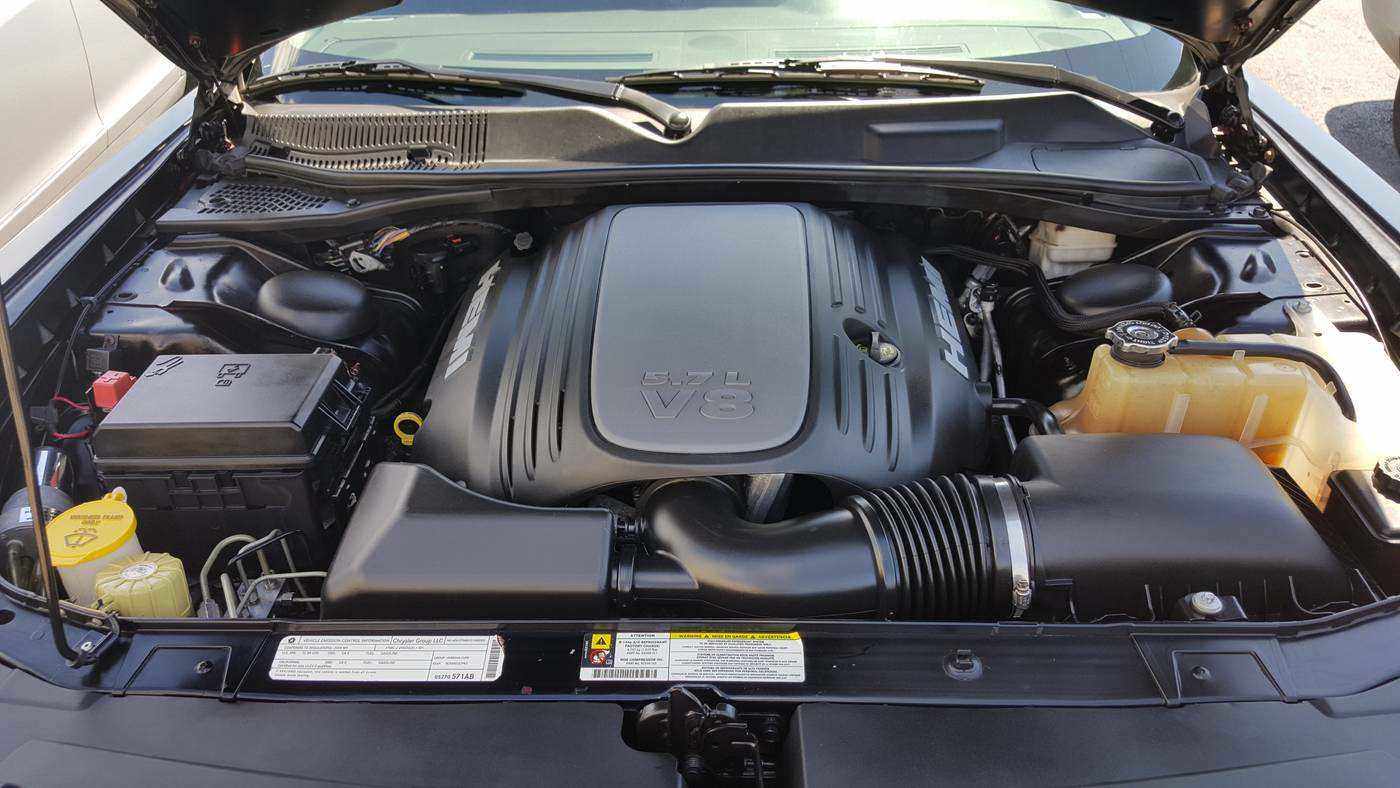If you’re a car owner, at some point you’ll likely start to realize that the engine’s noise is getting too loud. While there might be something wrong with the engine that’s causing the noise to occur, more often than not, the real culprit is faulty hood insulation.
If you believe the reason behind your noisy car is a lack of proper sound‐deadening components, perhaps you should consider creating your own. Hoodliner is the most effective solution to reduce engine and road noise. That being said, let’s dive into this guide to insulating the hood of your car.
When Do I Need to Replace My Hood’s Insulation?
You can easily take a close look under the hood and see if there are any huge holes, cracks or severely frayed areas. If you notice any signs of deterioration, it’s the right time to replace the insulation.
The Materials You’ll Need For Hoodliner Soundproofing
There are tons of sound‐deadening materials on the market that you can use to soundproof the hood of your car. But it’s necessary to get the right one, because a high-quality hood liner will provide you with a great way of making your ride cooler and quieter. So for this purpose, I highly recommend going with Noico 80 Mil.
Noico is one of the most popular products when it comes to car insulation materials, and their hood liner will offer you a good quality-to-price ratio. This material helps eliminate vibration, as well as reducing the general noise and rattling of a vehicle, which allows for maximum comfort.
Deciding How Much Material You’ll Need
It’s always a great idea to know the amount of material you’ll need for your car hood’s insulation. This amount will depend on the size of your hood panel. Some people decide not to insulate the entire hood, and instead stick to the area around the engine only. However, I personally think you should buy enough material to insulate the entire hood panel.
How to Soundproof a Car’s Hood

Adding a hood liner to reduce noise coming from your car’s engine is quite easy, and shouldn’t take you any longer than three hours to do (yes, you can insulate your car on your own).
The main tool you’ll need for this task is either a pair of scissors or a utility knife to cut the material. Optionally, you may also want to use a roller to make the liner as flat and even as possible.
- The first thing you’ll need to do is remove the existing hood insulation. Once finished, clean off any debris that may be sticking to the inside of the hood panel. You don’t need any chemicals for this, as water will do the job just fine.
- Once the area is properly cleaned, you should take the time to measure the hood correctly, since all cars come in different sizes and shapes. It’s very important to have the right measurements before cutting the material.
- After you’ve finished measuring the hood, you can carefully cut the material according to the size and shape of the car’s hood panel, using a strong pair of scissors or a utility knife.
- Once you’ve cut the hood liner into the right shape, you can now peel off the protective film from the liner and apply it. Use a roller or your hand to make sure there are no creases. Once you glue it down correctly, it will stay firmly glued.
- The final step is to close the bonnet and test the car by turning on the engine and driving. You should notice a huge difference!
Noico Hoodliner vs. Dynamat Hoodliner
Both Noico and Dynamat work well, and it doesn’t matter which one you use in your DIY project, because the results will be amazing in the end. The only downside to Dynamat is how expensive these products are. However, it’s entirely up to you to choose the one that best suits your budget.
Conclusion
I hope this guide has given you all the information you need to successfully insulate your car’s hood. You’ll notice a huge difference in the road and engine noise you hear once you’re done. Setting up good hood insulation is a one-time investment that’s surely worth it!
Here’s another article you might like: How Much Does Dynamat Weigh?
image 1: pxhere; image 2: Wikimedia Commons

